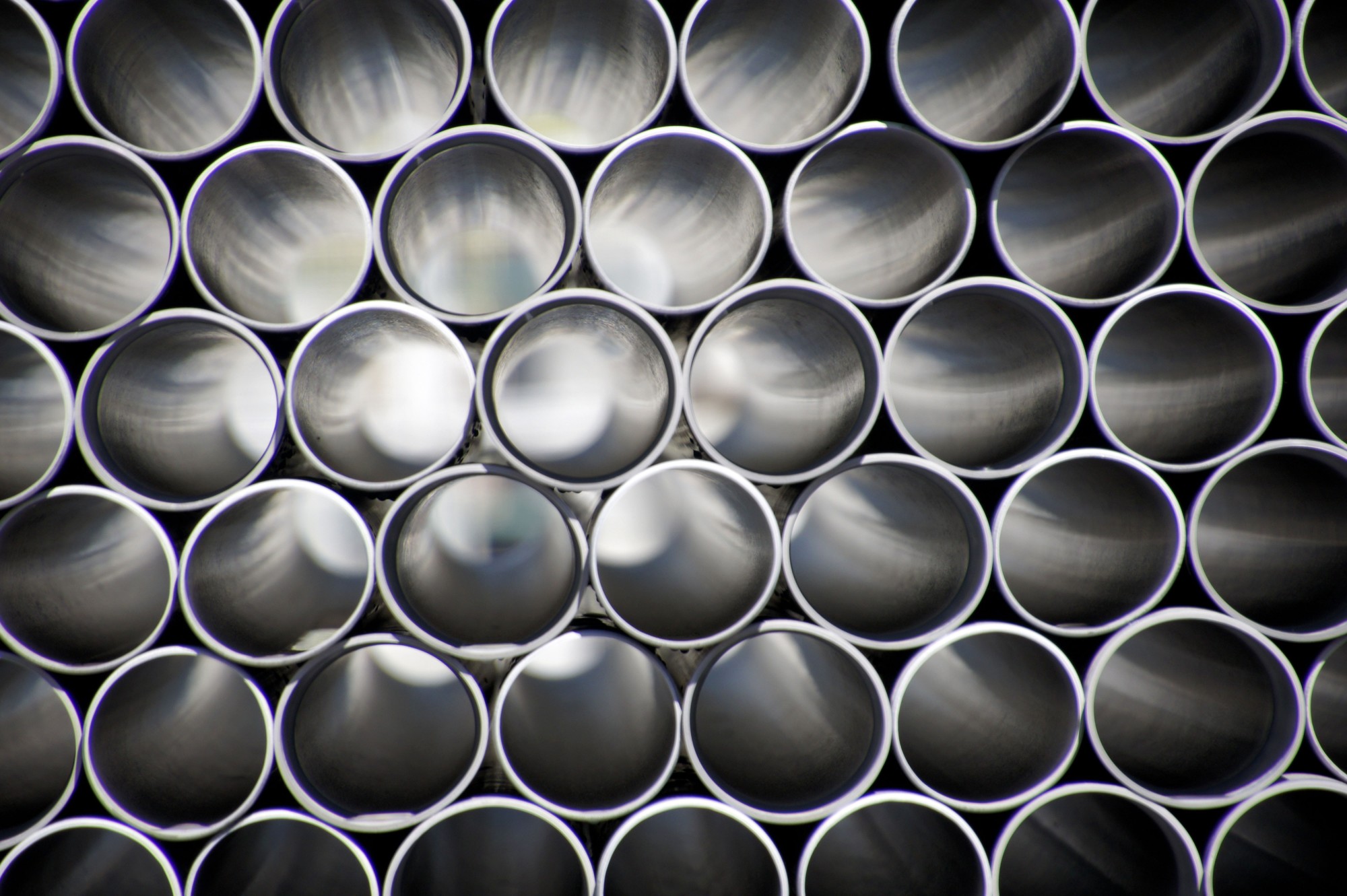Dec . 07, 2024 10:27 Back to list
hdpe conduit fittings products
Understanding HDPE Conduit Fittings A Comprehensive Overview
High-Density Polyethylene (HDPE) conduit fittings are essential components in the construction and maintenance of underground utilities and telecommunications infrastructures. Known for their strength, durability, and resistance to environmental stressors, HDPE materials have become a preferred choice for various industries. In this article, we will explore the characteristics, benefits, applications, and installation processes associated with HDPE conduit fittings.
Characteristics of HDPE Conduit Fittings
HDPE is a thermoplastic polymer recognized for its high strength-to-density ratio. When it comes to conduit fittings, HDPE offers several advantageous characteristics
1. Durability HDPE fittings are designed to withstand harsh environmental conditions, including extreme temperatures, humidity, and chemical exposure. This unique capacity makes them ideal for both outdoor and underground applications.
2. Corrosion Resistance Unlike metal fittings, HDPE will not corrode over time. This aspect is particularly important in applications where moisture or corrosive substances are prevalent, ensuring longevity and reduced maintenance costs.
3. Flexibility and Lightweight The inherent flexibility of HDPE allows for easy installation in various scenarios without the risk of cracking under stress. Moreover, being lightweight simplifies transportation and handling during installation.
4. Low Friction The smooth interior surface of HDPE conduit fittings ensures low friction when pulling cables, making the overall installation process more efficient and reducing wear on the conduits.
5. Eco-Friendly HDPE is a recyclable material, making it an environmentally friendly option for conduit fittings. As sustainability becomes increasingly important, choosing HDPE can align with eco-conscious initiatives.
Benefits of Using HDPE Conduit Fittings
The incorporation of HDPE conduit fittings into infrastructure projects provides numerous benefits that appeal to contractors and project managers alike
1. Cost-Effectiveness While the initial investment may be comparable to other materials, the long-term savings associated with reduced maintenance, replacement, and downtime make HDPE a cost-effective solution.
2. Versatility HDPE fittings are suitable for a wide range of applications, from telecommunications and electrical installations to water and gas distribution systems. This versatility helps streamline the procurement process.
3. Resistance to Impact and Stress HDPE fittings are designed to absorb shocks and resist impact, making them ideal choices in high-traffic areas or locations that experience ground movements.
hdpe conduit fittings products

Applications of HDPE Conduit Fittings
The applicability of HDPE conduit fittings spans various industries and projects, including but not limited to
- Telecommunications Used for housing fiber optic cables and other electrical wiring, ensuring efficient communication systems while protecting sensitive infrastructure from environmental threats. - Electrical Wiring Suitable for both residential and commercial electrical systems, HDPE conduit fittings provide secure routing for electrical lines.
- Water and Wastewater Management HDPE conduit fittings play a crucial role in piping systems designed for drinking water, irrigation, and waste management, delivering reliable performance without the risk of contamination.
- Gas Distribution Their ability to withstand high pressures and corrosive environments makes HDPE fittings an excellent choice in natural gas installations.
Installation Process of HDPE Conduit Fittings
The installation of HDPE conduit fittings is generally straightforward, but following best practices can ensure optimal performance
1. Preparation Identify the installation site and ensure all measurements comply with local regulations and standards.
2. Cutting and Joining Use appropriate cutting tools to achieve clean edges on the HDPE conduit. The fittings can be joined using heat fusion or electrofusion methods, which create strong monolithic joints.
3. Testing After installation, it is crucial to test the system for leaks or failures before backfilling or completing the project.
4. Documentation Keeping accurate records of installation specifications supports maintenance and any future upgrades.
Conclusion
In summary, HDPE conduit fittings represent a significant advancement in the construction of utility infrastructures. Their unique properties, coupled with numerous applications and advantages, position them as a leading solution for modern engineering challenges. Adopting HDPE fittings not only ensures durability and efficiency but also aligns projects with sustainable practices. As the demand for robust infrastructure continues to grow, HDPE conduit fittings will undoubtedly play an integral role in shaping the future of construction and utility management.
-
High-Quality PVC Borehole Pipes Durable & Versatile Pipe Solutions
NewsJul.08,2025
-
High-Quality PVC Perforated Pipes for Efficient Drainage Leading Manufacturers & Factories
NewsJul.08,2025
-
High-Quality PVC Borehole Pipes Durable Pipe Solutions by Leading Manufacturer
NewsJul.08,2025
-
High-Quality PVC Borehole Pipes Reliable PVC Pipe Manufacturer Solutions
NewsJul.07,2025
-
High-Quality UPVC Drain Pipes Durable HDPE & Drain Pipe Solutions
NewsJul.07,2025
-
High-Quality Conduit Pipes & HDPE Conduit Fittings Manufacturer Reliable Factory Supply
NewsJul.06,2025

